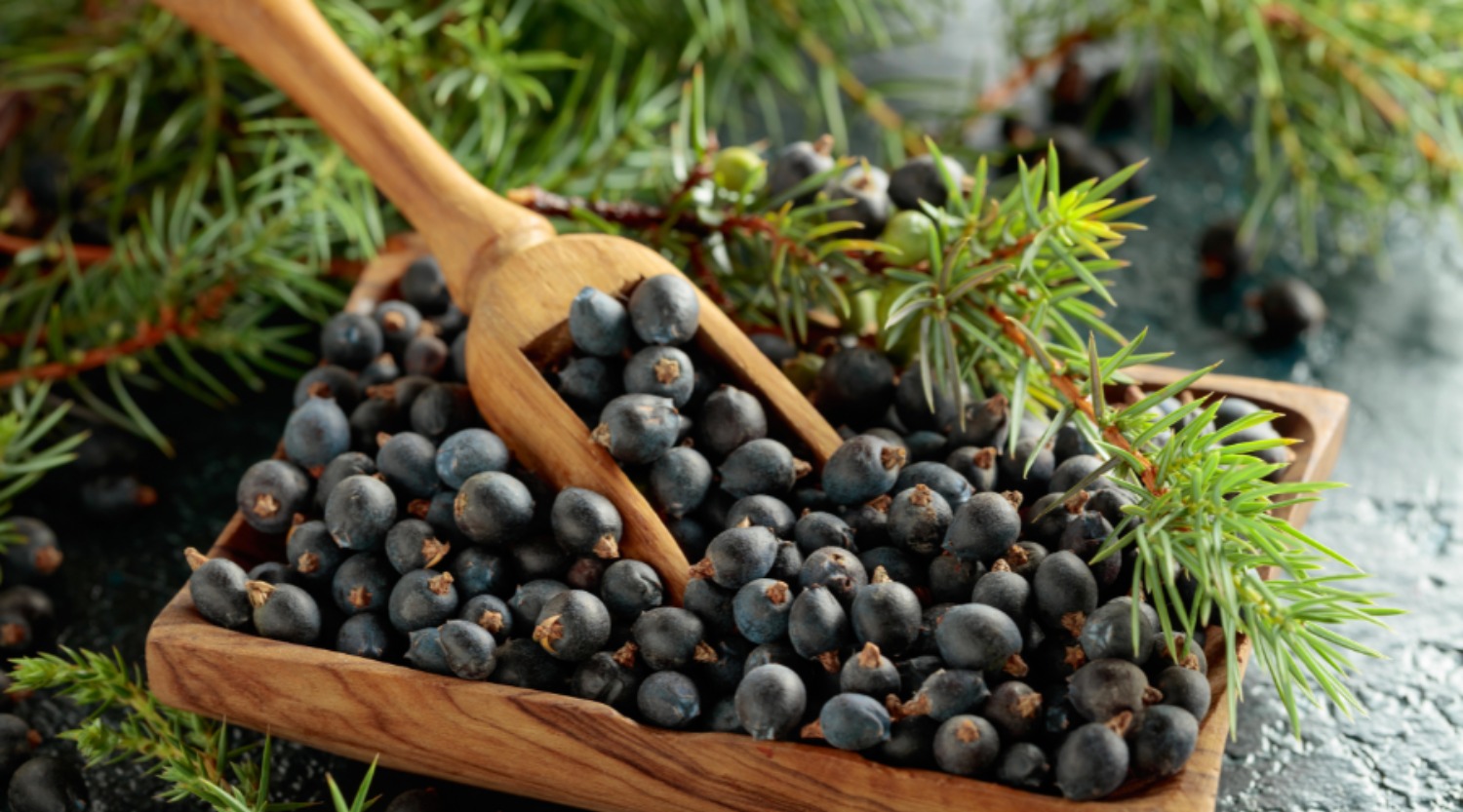International Gin & Tonic Day 2025: The Story Behind The Colonial-Era Drink
Discover the fascinating journey of the gin and tonic—from its origins in colonial India as a malaria remedy to its modern-day revival as a global cocktail icon. Celebrate the drink’s history, evolution, and timeless appeal this International Gin and Tonic Day 2025
From colonial battlefields to modern cocktail bars, gin has journeyed across centuries of flavour, exploration, and cultural exchange. Amid the ebb and flow of food, empire, and tradition, the gin and tonic emerged as a timeless classic—a drink that evolved from medicinal necessity to global icon. Deeply tied to India’s colonial past, it began as a lifesaving mix of quinine and spirit for British soldiers stationed on the subcontinent. Today, as we raise a glass on International Gin and Tonic Day 2025, this refreshing blend stands as a celebration of adventure, innovation, and the enduring spirit of collaboration—enjoyed by millions around the world.
Saving English Lives, One Drink at a Time
The gin and tonic dates back to the British Raj, when India was under British rule. In the 17th century, English colonisers found themselves vulnerable to illness due to the harsh climate and the rampant spread of malaria. In search of a remedy, they turned to quinine—a bitter compound derived from the bark of the cinchona tree—commonly used in Peru to treat malaria.
To combat the disease, quinine powder was shipped to India in large quantities. However, its intensely bitter taste made it difficult to consume. British officers began mixing it with soda water and sugar to make it more palatable. To improve it further, they added gin—imported from Britain—creating a drink that was both medicinal and enjoyable. What began as a survival tactic quickly became a sunset ritual.

Battling the Bitter Tonic
Quinine’s bitterness required a balancing act of flavour. Soda, sugar, and gin worked together to mask the sharp taste, while the botanical and fruity notes of gin enhanced the overall experience. Over time, this practical solution evolved into a refreshing cocktail. By the late 19th century, the gin and tonic had become a staple at British gymkhana clubs across India—leisure spaces reserved for officers to unwind with sport, spirits, and conversation.
Winston Churchill famously remarked that the gin and tonic had “saved more Englishmen’s lives than all the doctors in the Empire.” Though said with flair, the statement underlines the drink’s original medicinal purpose.
Elevating the Timeless: The Modern G&T
Decades later, the gin and tonic continues to evolve. What began as a health tonic has become a modern classic, reimagined for contemporary palates. Today, flavoured gins are in vogue, featuring infusions of fruits, herbs, and aromatics. Popular modern variations include rhubarb and cranberry gin and tonic, peach and raspberry G&T, and lemon-infused versions offering a zesty twist.
While these fruitier, sweeter takes have gained popularity, nothing quite matches the crisp simplicity of the original. The classic gin and tonic endures—timeless, refreshing, and full of history in every sip.